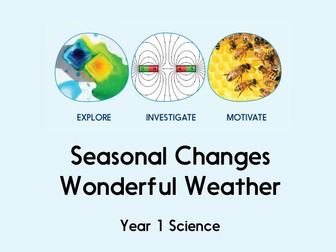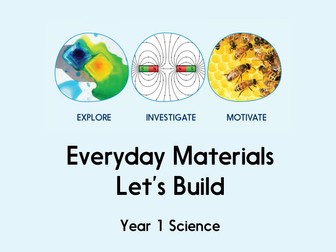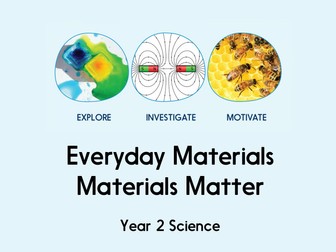
Yr 1/2 NF Unit 2A2-1B2 Recounts : Farmer Duck
Farmer Duck provides the perfect opportunity for the children to retell stories and write a recount of what happened on the farm. Then children explore how time connectives are used when sequencing events and the difference between past and present tense.
Find other lesson plans and resources at www.hamilton-trust.org.uk.



